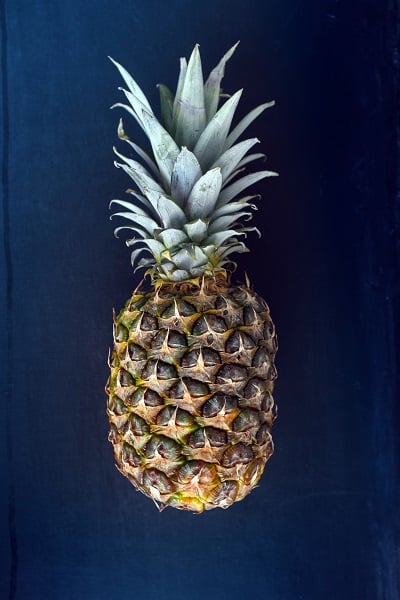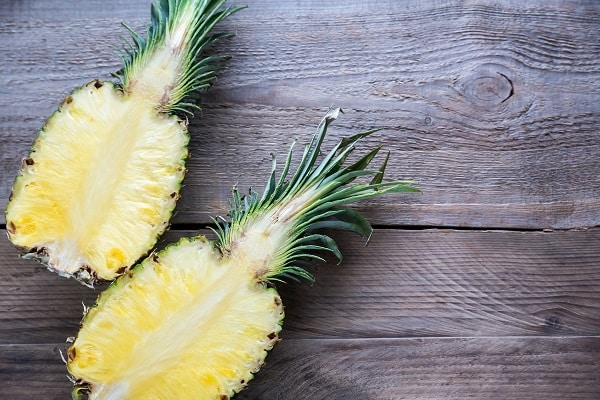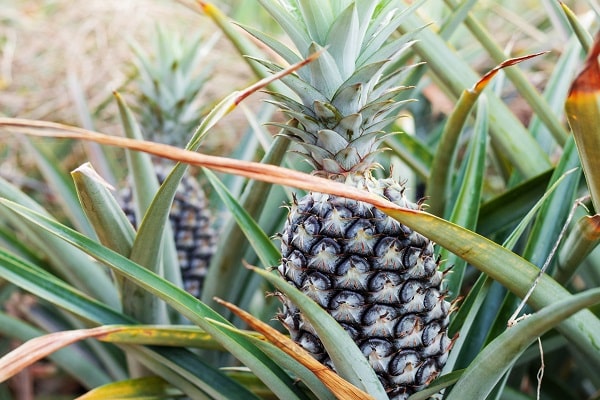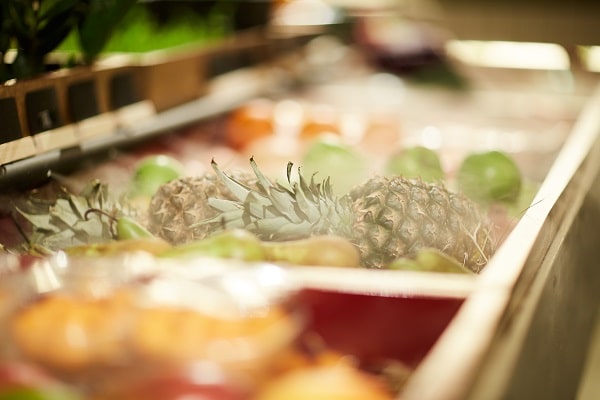Are you a master of picking up ripe fruits from the grocery store or the market? Do you have the insights of picking the ripest pineapple from the cart? If you answer no to these questions, there is no need to worry, as this article will help you become a pro ripe fruit detector. Imagine this, you have hosted a party and are on a hunt for pineapples to make pineapple pies for custard and a drink. However, the pineapple that you purchased was not ripened at all, or it wasn’t gourmet-worthy. You curse yourself for not choosing the ripe fruit and using luck instead of the deduction for selecting the fruit from the basket. Here are some tips and tricks to help you know which pineapples are ripe and which are not.
Purchase During The High-Quality Season

This factor might not be a detecting characteristic for picking up ripe pineapples; instead, it offers a higher probability of getting ripe pineapples. Pineapples typically offer the best quality during the summer between March to July despite being perennial. Therefore, if you plan to try out recipes that include pineapples, the summer season is advisable. The probability of getting ripe pineapples increases during this season, and you will get to try the best quality pineapples and try our delicious pineapple recipes.
Ripe Pineapple’s Color Is Different From Unripe Pineapples

Color is one of the significant indicators for determining the health and life cycle of a fruit or a plant. Typically, a wide variety of unripe fruits are green in color. For instance, tomatoes and pineapples come in this category. Therefore, when you observe green to grayish color pineapples, it is clear that the fruit is unripe. You might wonder what the color of a ripe pineapple is. The answer is Yellow. The color of sunshine on pineapples is a good indicator of the fruit being ripe. Hence, be on the lookout for yellow color pineapples as it is a sign of maturation, giving you a perfect golden piña colada.
Use Your Sense Of Smell

Your sensory organs are the most powerful tool to help you deduce if a fruit is ripe or unripe. The sensory organ that tops the list, in this case, is your nose. Using your nose can help you ideally determine if the pineapple has reached its peak maturation. If you smell a soothing fresh pineapple fragrance, it is clear that the pineapple has matured. The method is effective when you smell the pineapple from its base, offering precise results. If you detect no fragrance or detect a fermented smell, then the pineapple is not matured.
Be On The Lookout For Relatively Tender Pineapples

Apart from the techniques mentioned earlier, touch and feel can also help you determine the maturity indication. Pineapples at an early stage tend to be firm and hard. However, when a pineapple reaches maturity, it gets tender and relatively softer. This becomes a differentiating factor in helping purchase a ripe pineapple. You can determine this by squeezing the pineapple slightly. This hasn’t proved to be more effective as the feeling is subtle.
Handling A Ripe Pineapple

Now that you are an expert in determining if a pineapple has ripened, it is time to learn how to handle a ripe pineapple effectively. When a pineapple is harvested at peak maturity, it can only last for up to days. Therefore, as soon as you get your pineapple from the market, you should chop it for longer shelf life. Furthermore, you can increase the shelf life by storing it in a tight container or refrigerating the pineapple.
Conclusion
Now, you are an expert in picking up ripe pineapples and also a professional pineapple storage expert. Therefore, you can quickly identify ripe pineapple and use it to make delicious pineapple recipes.


